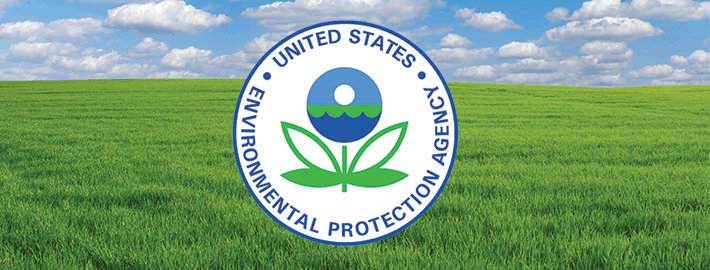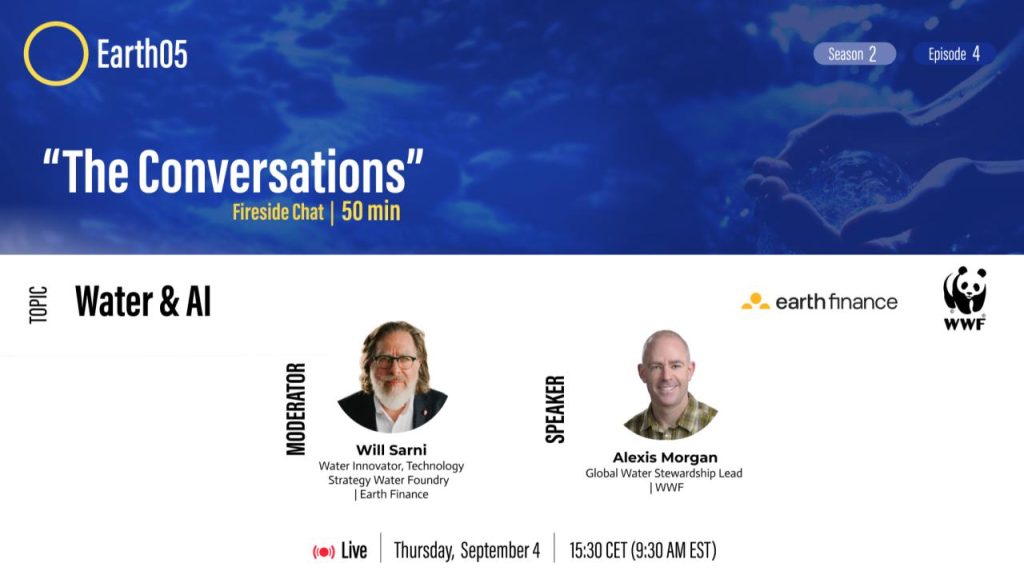-
- Role of Climate and Nutrient Inputs in Influencing Riverine and Coastal Nutrient Loads – Robert Sabo, EPA Office of Research and Development
Leveraging some of the best-available empirical nitrogen and phosphorus input-output budget information and environmental and climate datasets, researchers at EPA and their collaborators are developing powerful deep learning models to explain the spatial and temporal patterns of nitrogen and phosphorus pollution to waterways across the U.S. This presentation will cover the development of this modeling work, including how these models will help identify likely drivers of water quality improvement and degradation since the 1990s and highlight what local factors (e.g., soil characteristics, climate) enhance or diminish the loss of nutrients to waterways. In addition, these predictive models will be used to evaluate the sensitivity of watershed nutrient loss to shifts in precipitation and increases in temperature due to projected changes in climate in the coming decades.
- Assessment of Chesapeake Climate Change Using A Suite of Atmospheric, Land Use, Watershed, and Estuarine, Models – Lewis Linker, EPA Region 3 Chesapeake Bay Program Office
This presentation will cover a comprehensive analysis of climate change in the Chesapeake watershed and tidal waters using an integrated suite of land use, airshed, watershed, and estuarine models. The analysis supports the historic 2010 Chesapeake Total Maximum Daily Load (TMDL), the largest and most complex in the nation, in offsetting current and future climate impacts by quantifying its impairments. The analysis looked at 23 separable elements of climate change, such as changes in atmospheric deposition of nitrogen, nutrient speciation, tidal wetland loss to sea level rise, and others, with a quantification of the impact of change climate conditions on many of the separate elements.

This event has passed.


